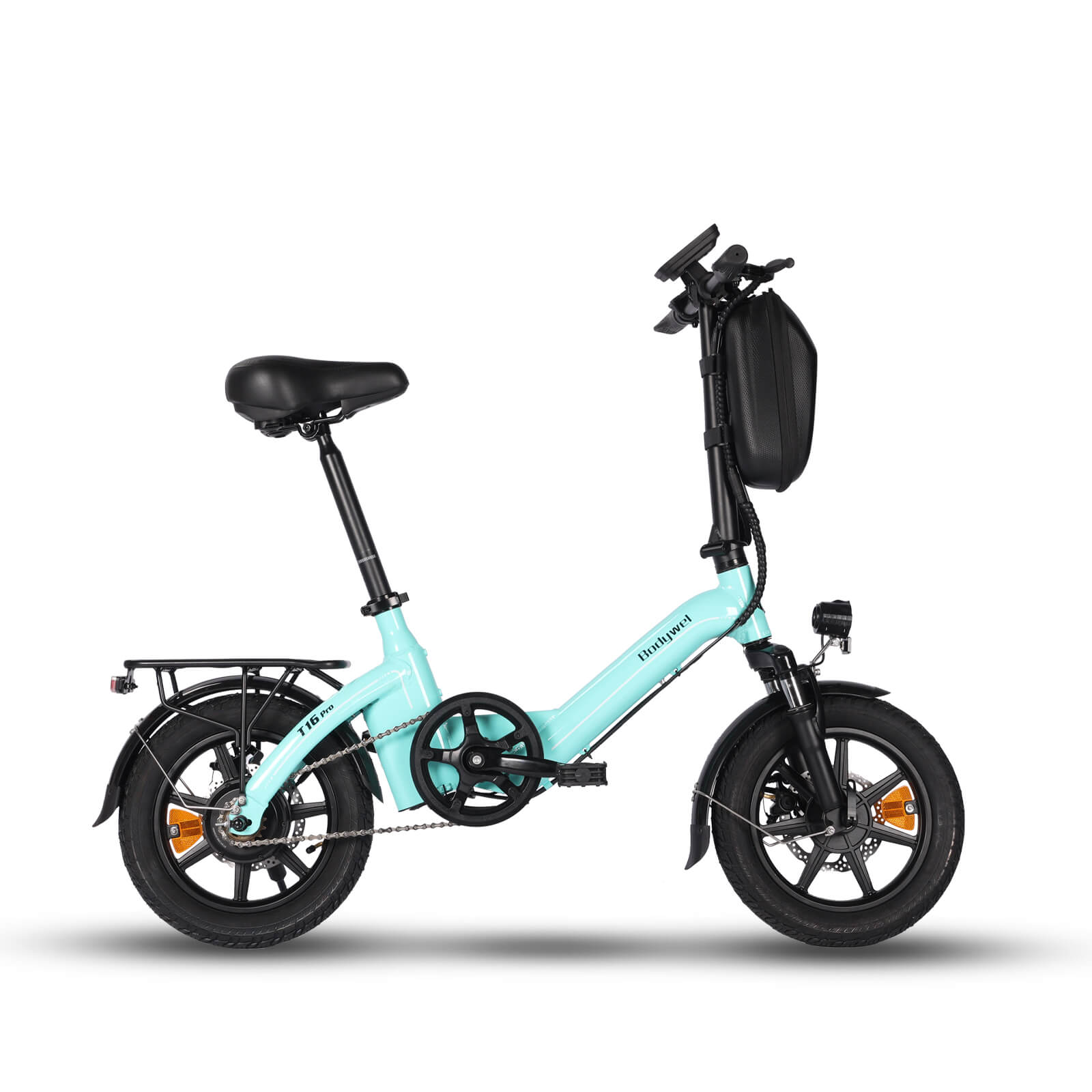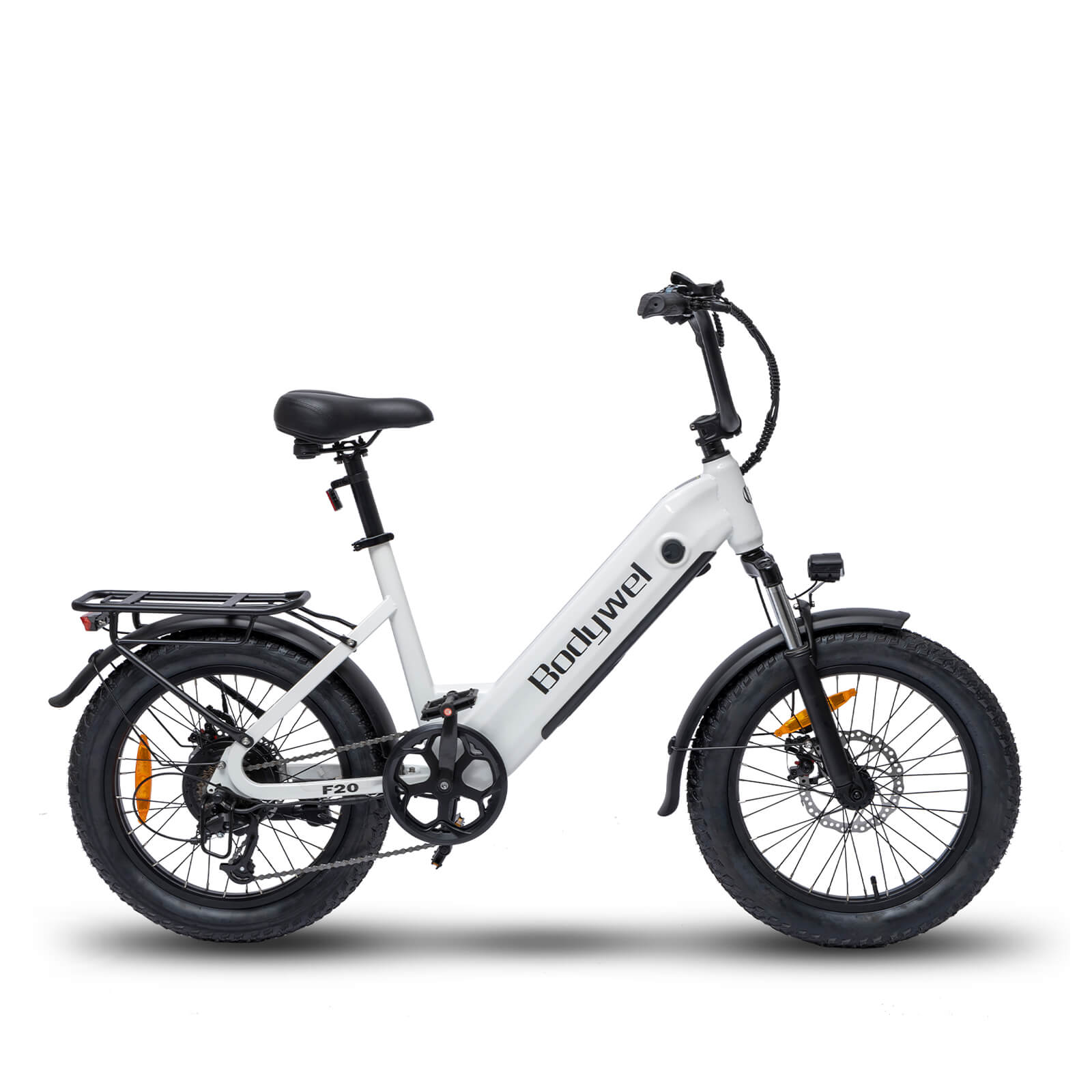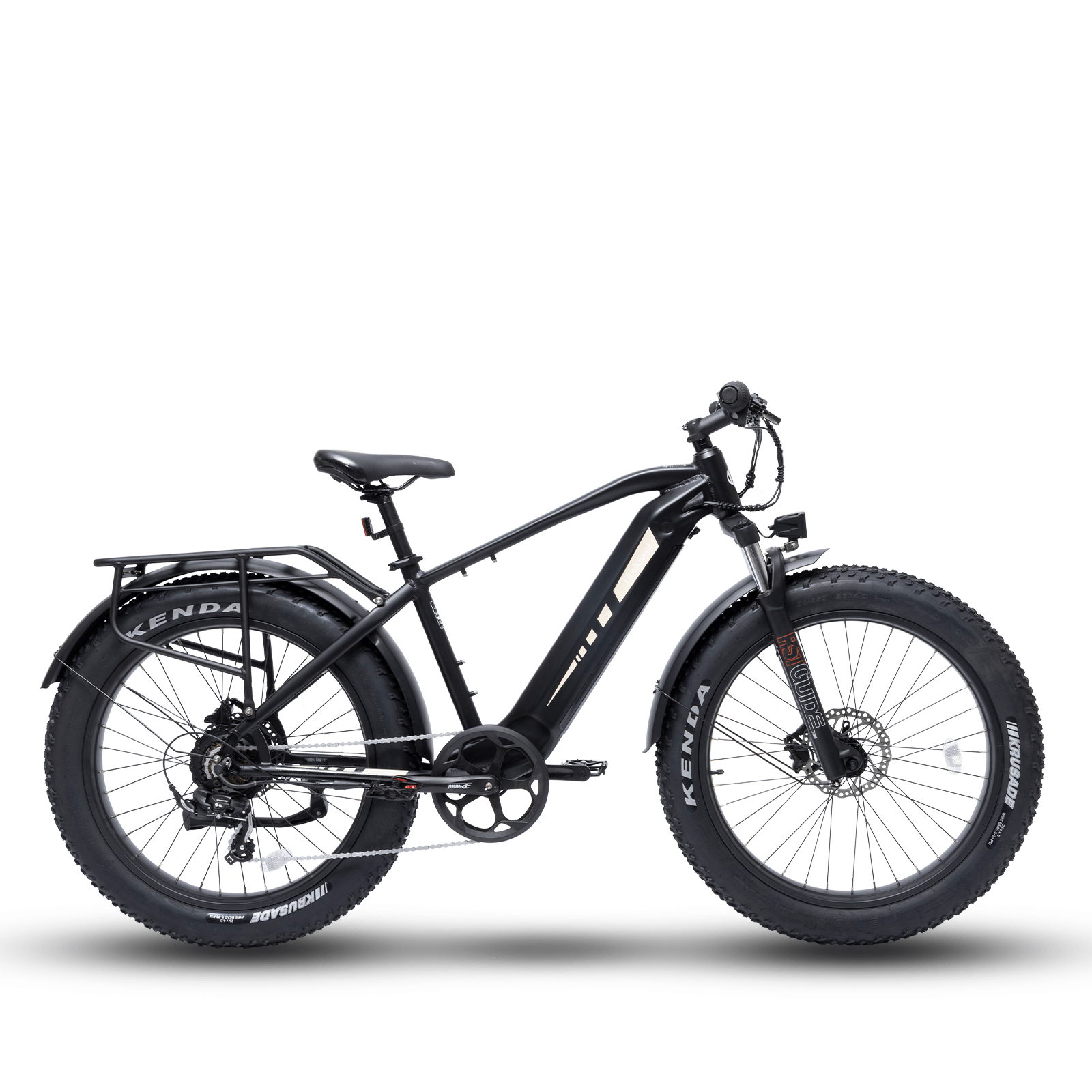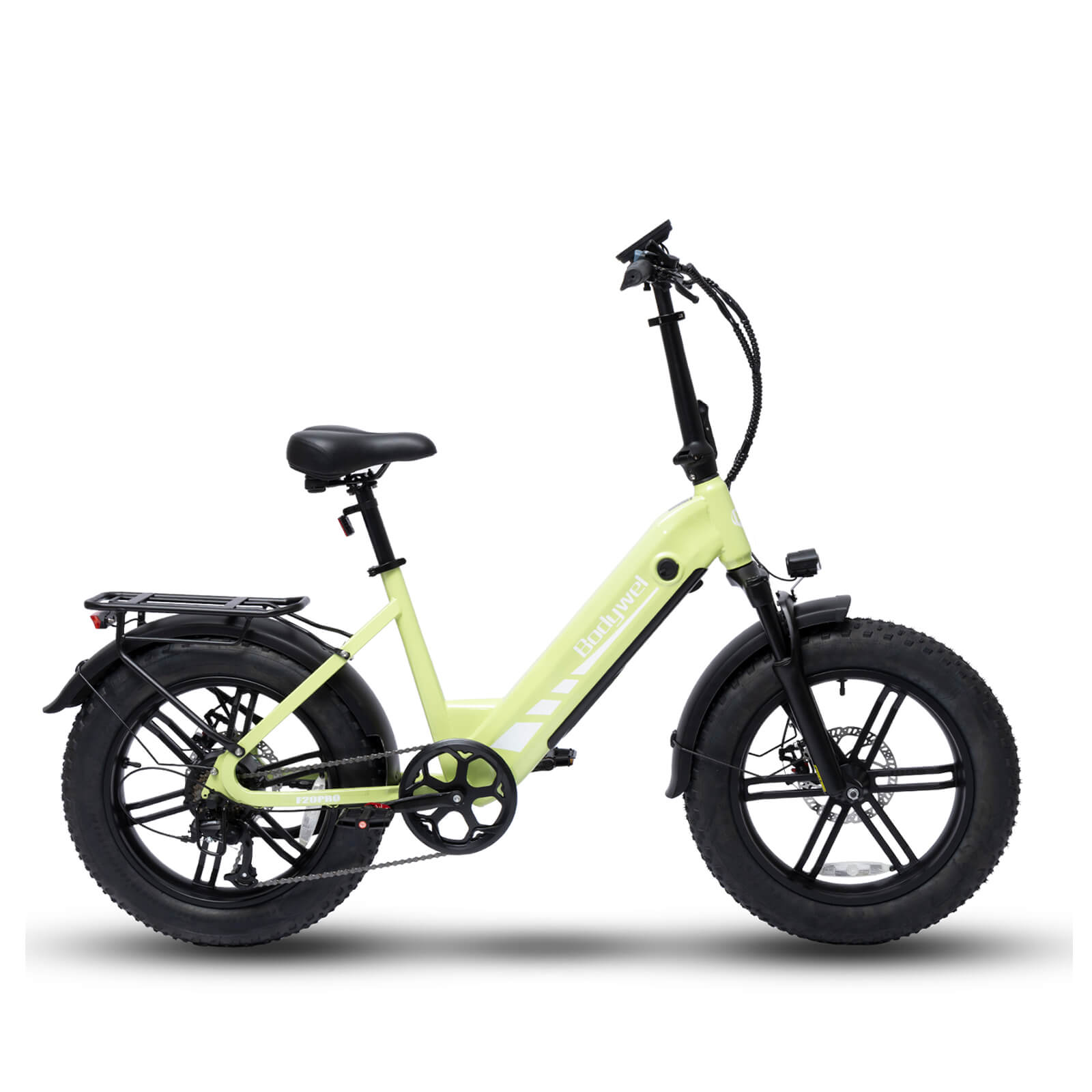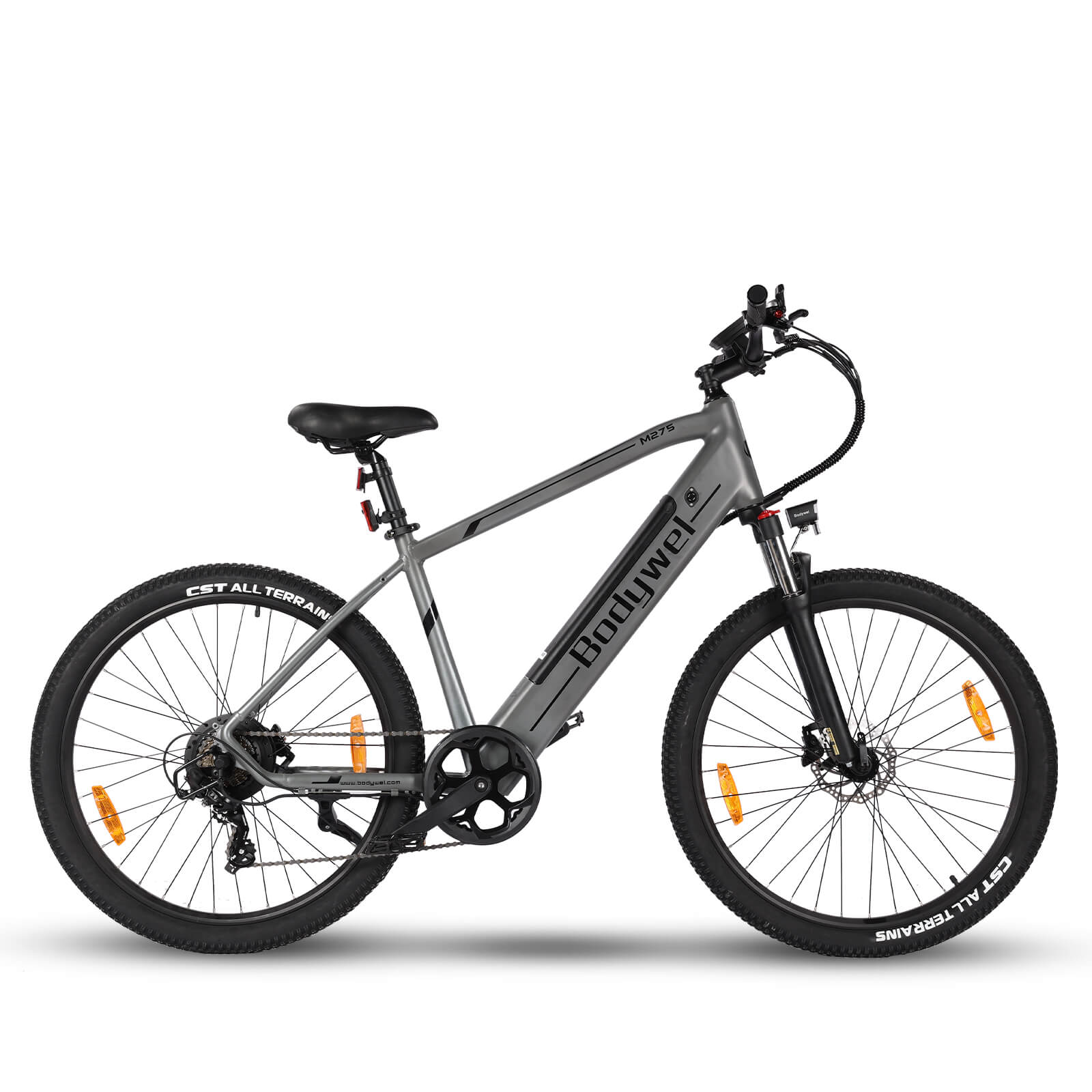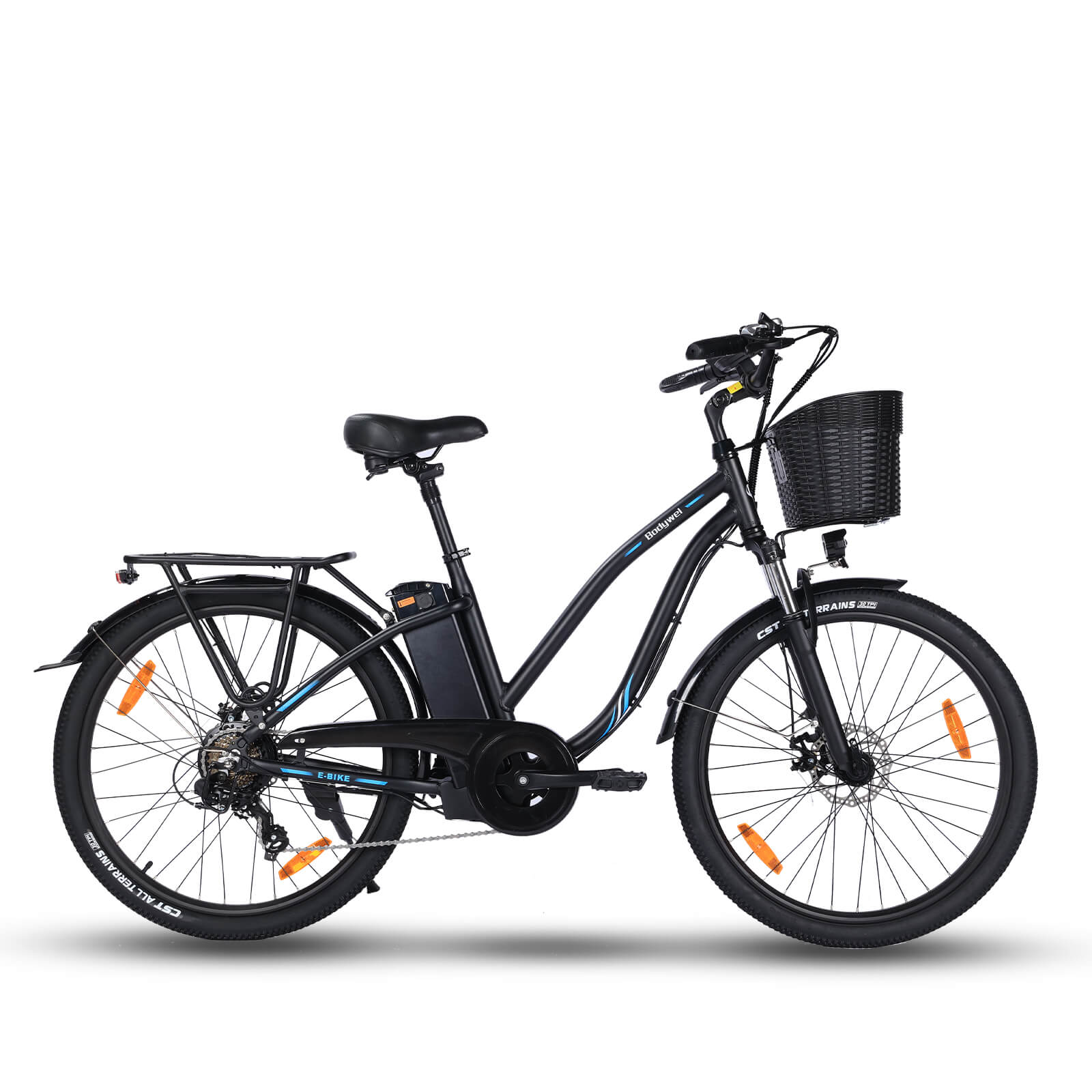5 Must-Know Facts Before Buying a Full Sus E Bike

Essential Features to Consider in a Full Suspension E-Bike
Before investing in a full suspension electric bike, understanding its key features, performance benefits, and suitability for your riding style is crucial. This guide covers five critical aspects to evaluate.
Suspension Performance and Terrain Adaptability
A full-suspension e-MTB (electric mountain bike) excels in absorbing shocks on rough trails, thanks to its dual suspension system. Unlike hardtail e-bikes, it features both front and rear shocks, enhancing control on technical descents. For example, riders tackling rocky or root-filled paths will notice significantly reduced fatigue. However, this design may add weight—a trade-off worth considering if speed on flat terrain is a priority.
Motor and Battery Efficiency
The mid-drive motor in a full-suspension electric bicycle balances power delivery and battery life. Look for models with torque sensors (e.g., 85 Nm or higher) for natural pedal assistance. Battery capacity (measured in Wh) dictates range; a 500Wh battery typically supports 40–60 miles per charge, but steep climbs drain it faster. Brands like Specialized integrate smart energy modes to optimize efficiency.
Frame Materials and Durability
Aluminum frames dominate the market for their balance of affordability and strength, while carbon fiber variants (like those from Trek) offer weight savings at a premium. Pay attention to pivot points and weld quality—critical for handling the stress of off-road riding. A poorly constructed frame can lead to premature wear, especially on high-torque e-bikes.
Matching the Bike to Your Riding Style
Enduro riders prioritize aggressive suspension travel (150–170mm), whereas trail e-bikes with 120–140mm suit mixed-terrain adventures. Demo rides are invaluable; you might discover that a lightweight full-suspension e-MTB (e.g., 45 lbs) feels more agile than expected. For commuting with occasional trails, a hybrid design could be more practical.
Maintenance and Long-Term Costs
Full-suspension e-bikes require more upkeep than hardtails due to complex linkage systems. Budget for annual suspension servicing ($150–$300) and periodic drivetrain replacements. Waterproofing checks are essential—exposed cables on cheaper models may corrode. Investing in a model with sealed bearings (common in premium brands) reduces long-term repair frequency.
In summary, a full-suspension electric mountain bike delivers unmatched off-road performance but demands careful evaluation of components, terrain needs, and ownership costs. Test-riding multiple options ensures the best fit for your adventures.
Key Takeaways
1. Dual suspension enhances off-road control but increases weight.
2. Mid-drive motors and high-capacity batteries optimize power and range.
3. Frame material choice impacts durability and price.
4. Align suspension travel with your primary riding discipline.
5. Factor in higher maintenance costs for linkage and electrical systems.
- Tags: best electric mountain bike full sus e bike full suspension ebike off-road e bike trail e bike
0 comentarios




